I'm just learning with R so there's probably an easier way to do this. I have a table of data that shows a set of stores with their change in market share over the same period a year ago. I've included a link to the first two periods worth of data.
I currently have a scatterplot that looks like this
Each vertical is a four-week period and each store is represented by a point based on their rank (positive or negative) within the gainers and decliners. This is close to what I'm looking for, but the spacing is all off and the datapoints blend into each other. I am trying to build something that looks more like this:
Basically something that looks more like a dotplot, but has counts above and below the line. The scatterplot doesn't seem the way to go, but I can't see how to make a dotplot that will show my winners above the line and my losers below the line so that the zero line remains consistent across. Here's the code I'm using for the scatterplot:
sp1 <- ggplot(store_change_ranked, aes(x=date, y=rank)) +
geom_point(aes(color = cut(share_chg_yag, c(-Inf, -.1, -.05, -.025, -.015, 0, .015, .025, .05, .1, Inf)))) +
scale_color_manual(name = "Share Change",
values = c("(-Inf,-0.1]" = "red4",
"(-0.1,-0.05]" = "red",
"(-0.05,-0.025]" = "orangered",
"(-0.025,-0.015]" = "darkorange2",
"(-0.015,0]" = "darkorange",
"(0,0.015]" = "greenyellow",
"(0.015,0.025]" = "lightgreen",
"(0.025,0.05]" = "green",
"(0.05,0.1]" = "green2",
"(0.1, Inf]" = "green4"),
labels = c("< -10%", " ", "-2.5% to -5.0% ", " ", "0 to -1.5%", "0 to 1.5%", " ", "2.5% to 5.0% ", " ", "10% +")) +
labs(x = "4-Week Period", title = "Count of Stores Gaining/Losing Share",
subtitle = "For the 13 periods ending June 2018", y = "# Stores")+
scale_x_date(date_breaks = "1 month", date_labels = "%m-%y")+
theme(legend.position = "right", axis.text.y = element_blank(),panel.background=element_blank(),
panel.grid.major=element_blank(),
panel.grid.minor=element_blank())
Any help would be appreciated.
Thanks!


